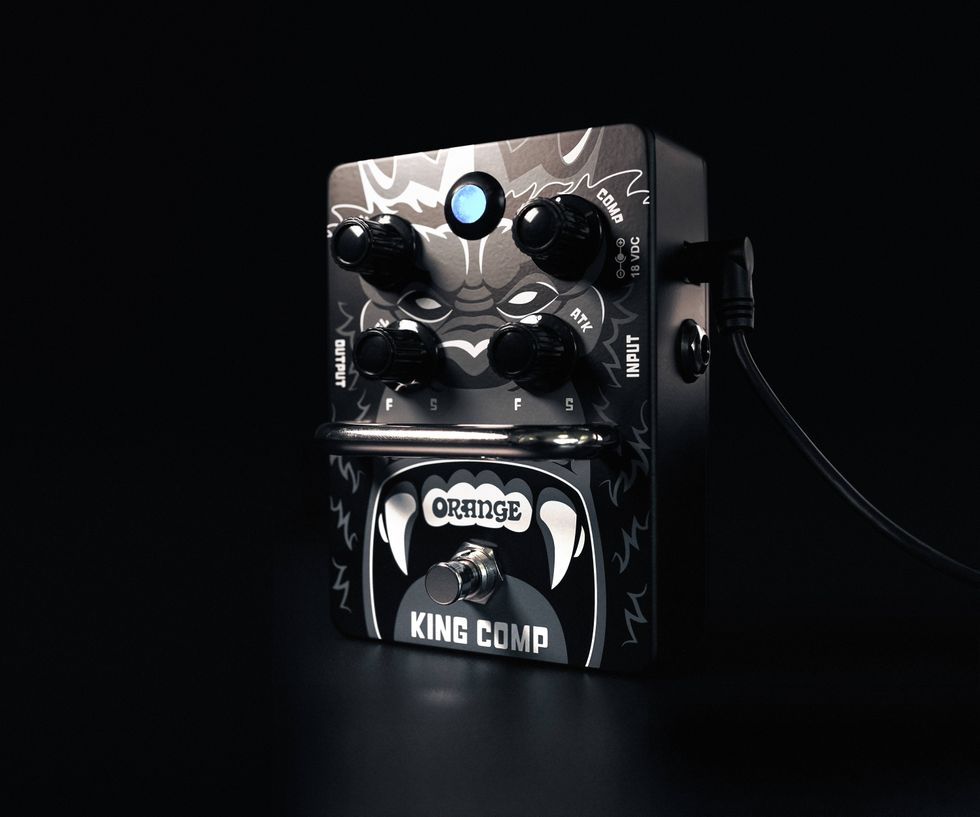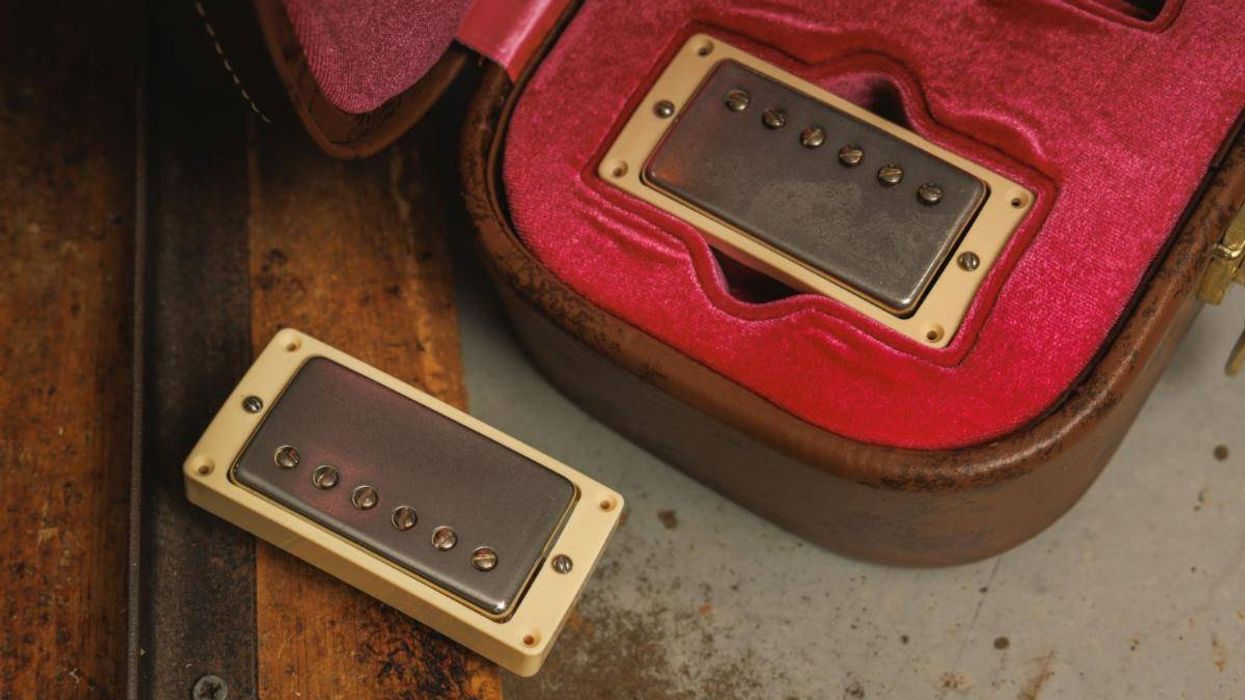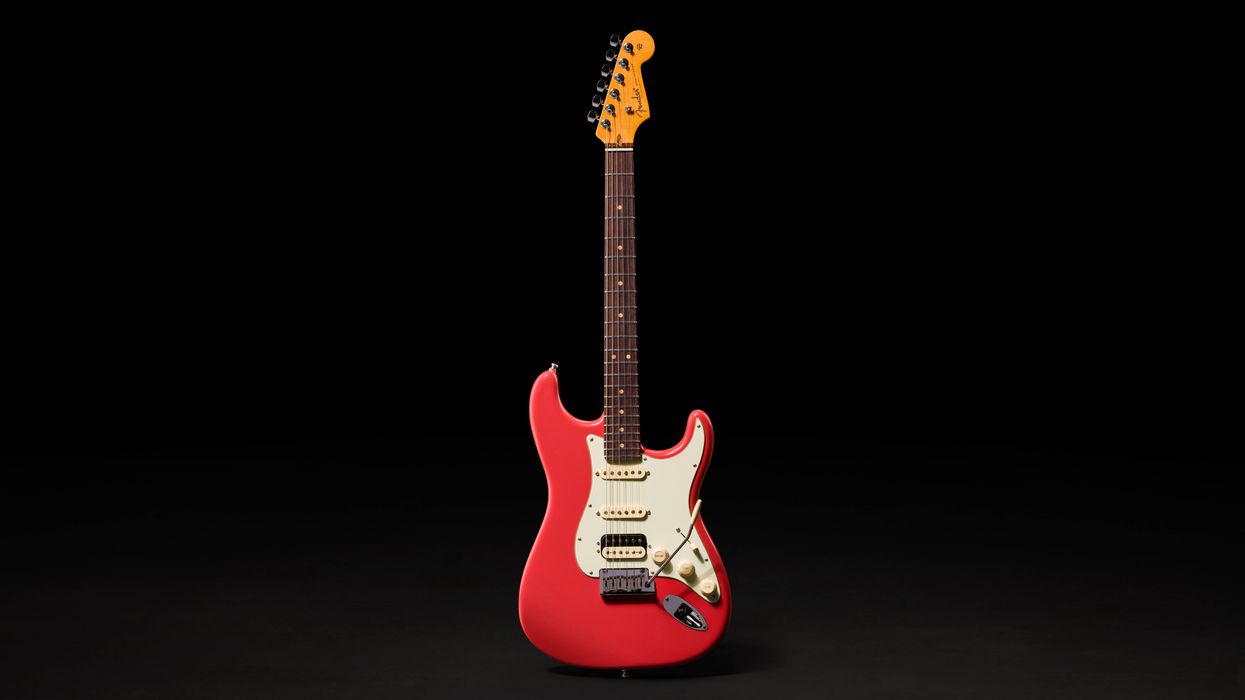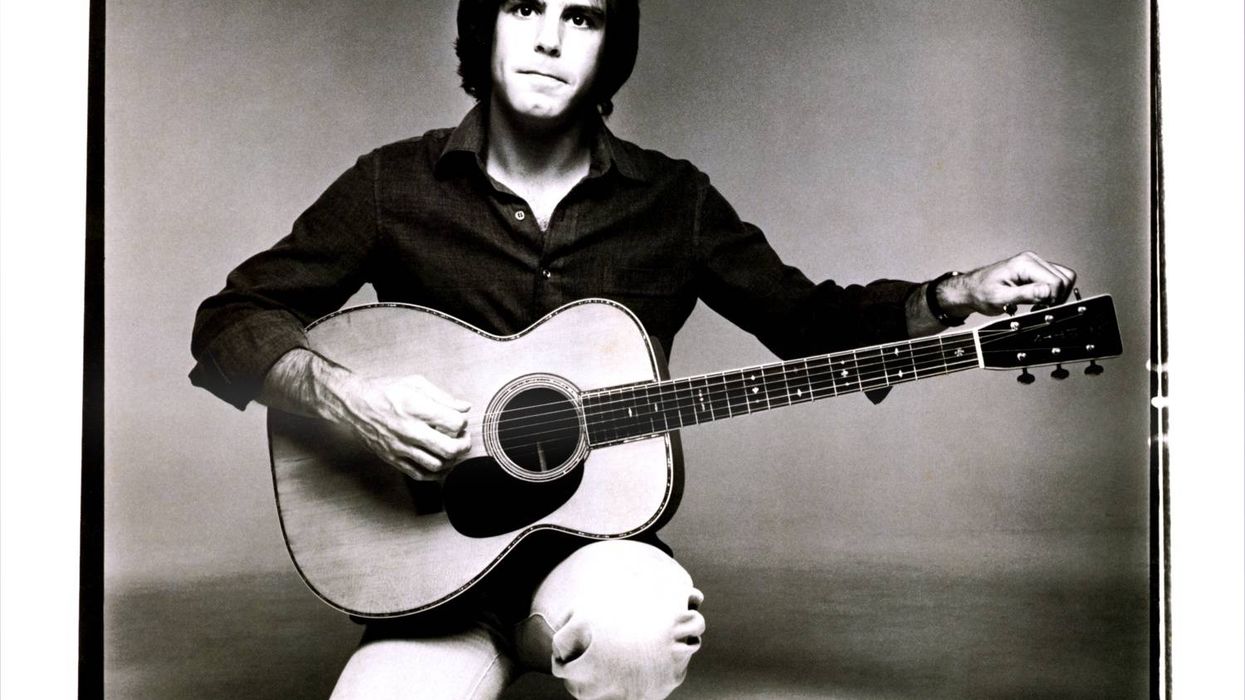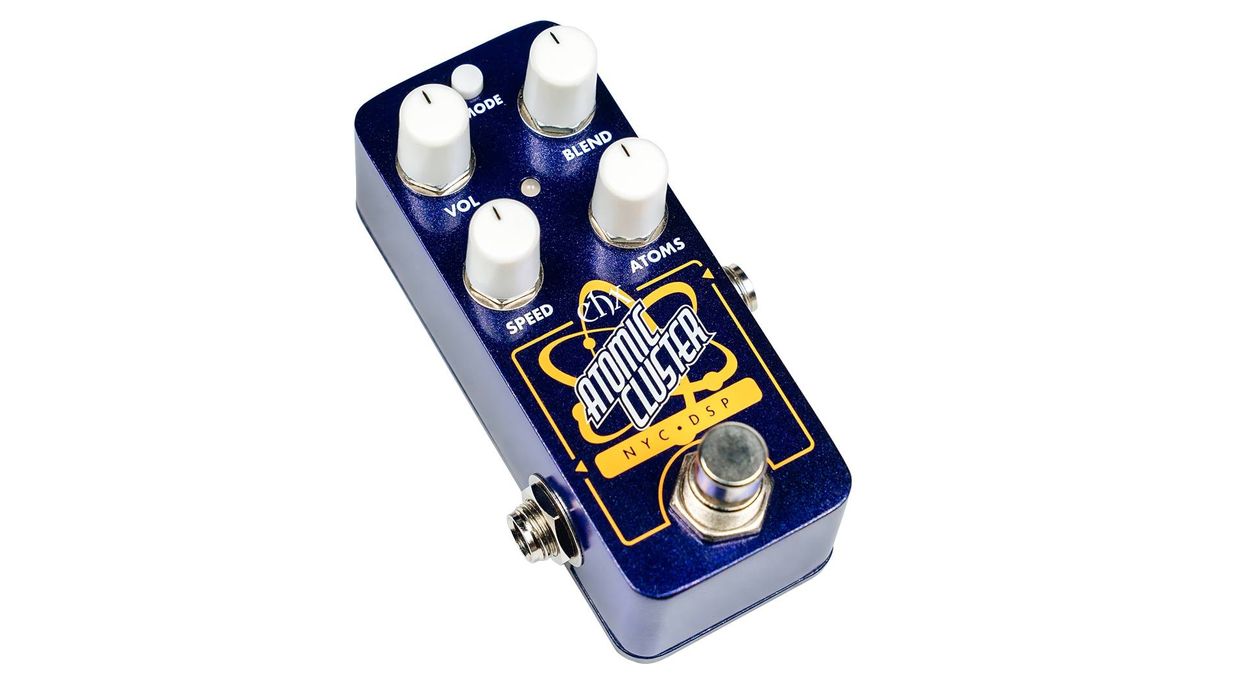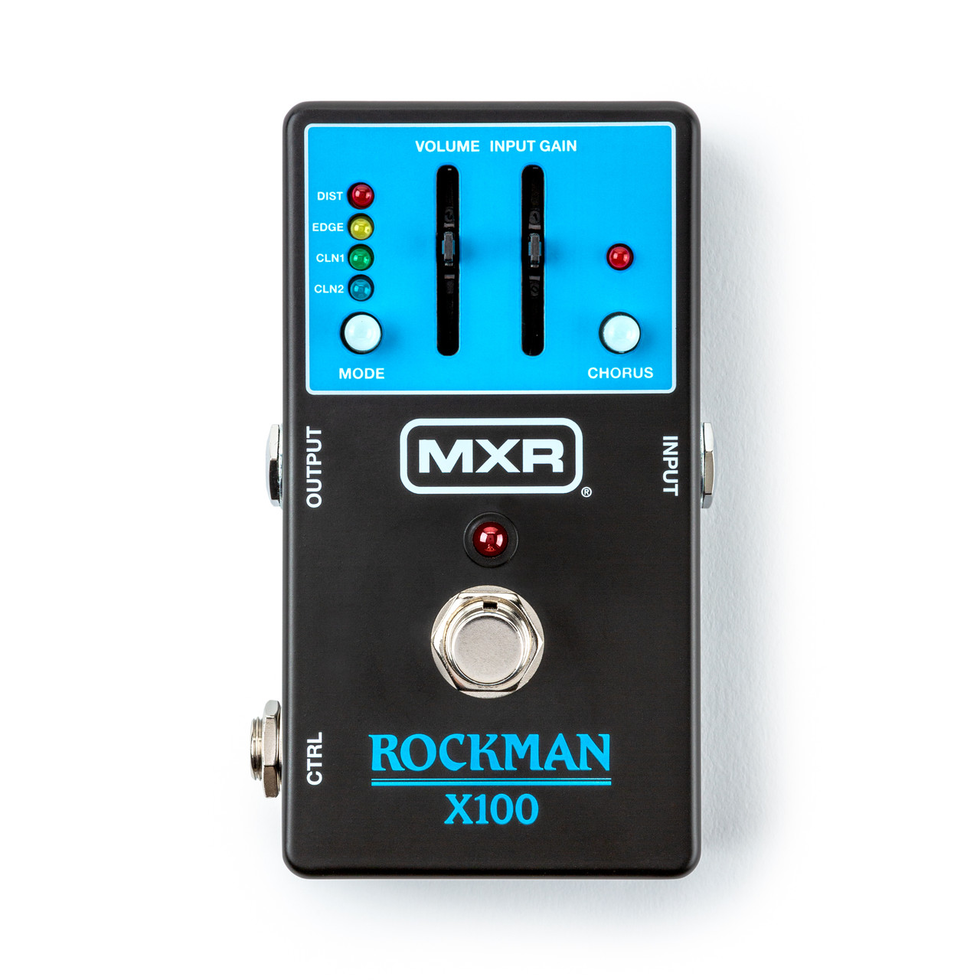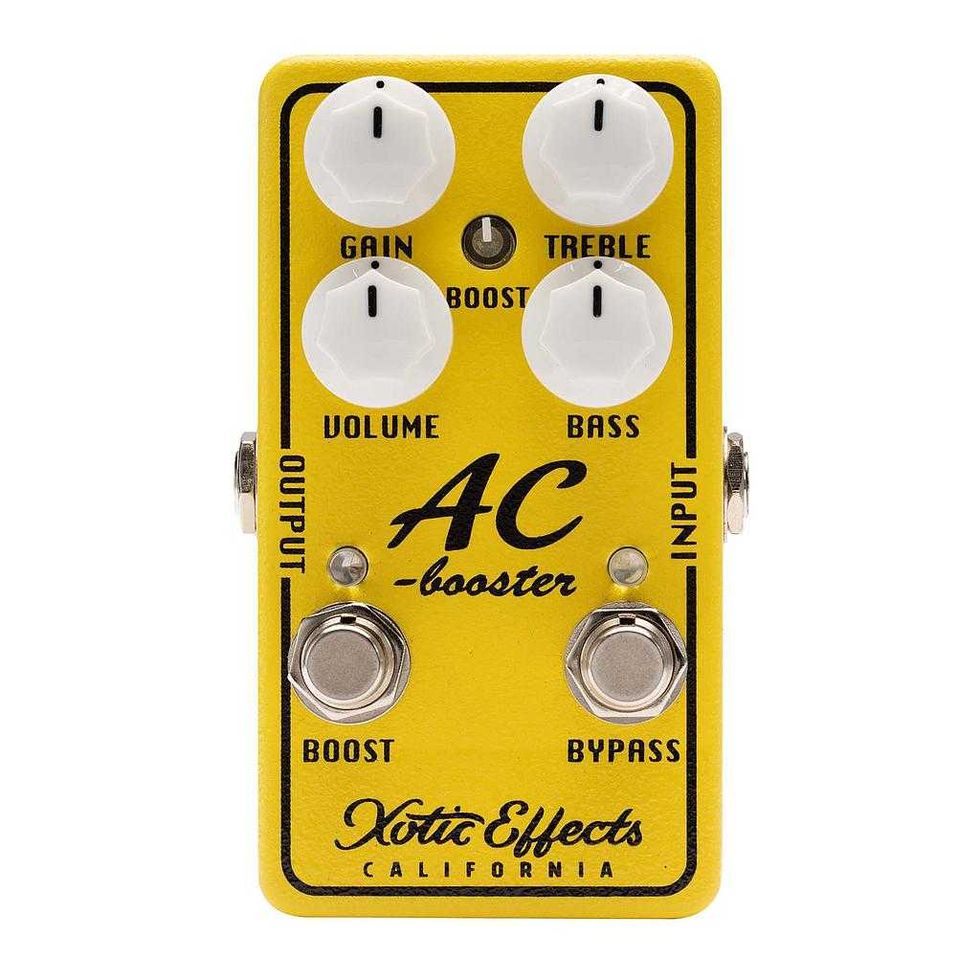The pedals keep coming! Enter Stompboxtober Day 28 for your chance to win today’s featured pedal from Line 6!
Line 6 Hx One Stereo Multi-Effects Pedal
The Line 6 HX One is a powerful stereo effect pedal with intuitive controls that fits onto any pedalboard. Select one of 250+ effects taken from the acclaimed HX family processors and easily adjust the parameters displayed on the OLED screen using the three corresponding knobs. You can also automate parameter changes via the unique Flux controller and trigger them with the Tap/Flux footswitch. Connect an optional expression pedal or two external footswitches for additional control (all sold separately). . HX One also provides adjustable input impedance with a choice of True Bypass or buffered DSP Bypass, MIDI In and Out/Thru connectors, 128 Presets or a USB-C port for firmware updates and use with the HX One Preset Librarian application. HX One may be powered using the included 9V power supply or most third-party power supplies, making it easy to add to your pedalboard.250+ effects taken from the HX family processors. Intuitive controls make selecting and editing effects easy. Flux Controller for automating parameter changes . Adjustable input impedance to match your instrument . Connect an optional expression pedal or two external footswitches (sold separately). MIDI In, Out/Thru connectors (receives PC and CC messages). Stereo I/O with choice of True Bypass or buffered DSP Bypass. 128 preset slots. USB-C port for firmware updates and use with HX One Preset Librarian . 9V power supply included.
Line 6
$249.99








